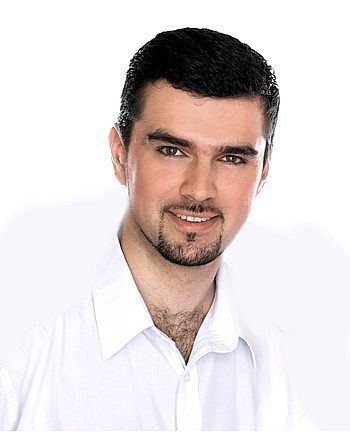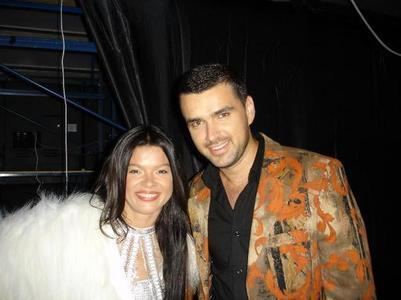Occupation(s) Singer Role Singer | Name Vlad Mirita | |
 | ||
Born 2 August 1981Targoviste, Romania ( 1981-08-02 ) Similar People Nico, Marcel Pavel, Luminita Anghel, Tamara Gee, Pirates of the Sea Profiles | ||
Nico and vlad mirita sing pe o margine de lume
Vlad Miriță or Vlad (born 2 August 1981 in Târgoviște; [ˈvlad miˈrit͡sə]) is a Romanian pop and opera singer. He represented Romania in the Eurovision Song Contest 2008.
Contents

At age 16, Vlad began formal training in music. Throughout his education, he worked with the Armonia Valahă Choir and performed at various national and international events. After receiving private lessons from the famed Maestro Corneliu Fănățeanu in 2001, he joined an Eastern European chamber choir called Madrigal. Vlad went on to win several contests, including Mamaia, the National Pop Festival, in 2002 and was a runner-up in the 2005 International Tenor Voices festival "Traian Grozăvescu", which was held in Lugoj. In 2007 and 2008, Vlad was honored as a scholarship holder of the Opera House Bucharest.
On May 20, 2008, Vlad performed the duet "Pe-o margine de lume" with Nico, another Romanian singer, as that country's entry in the final for the Eurovision Song Contest.

Outside of Eurovision, Vlad will also sing a duet with Sarah Brightman, which will be included on a special album distributed in Eastern Europe. The song will be called "I'll Be with You."

Vlad mirita eternitate




Songs
Romania: Pe-o Margine de Lume2008
Steaua meaSteaua mea · 2015
VreauSteaua mea · 2015
